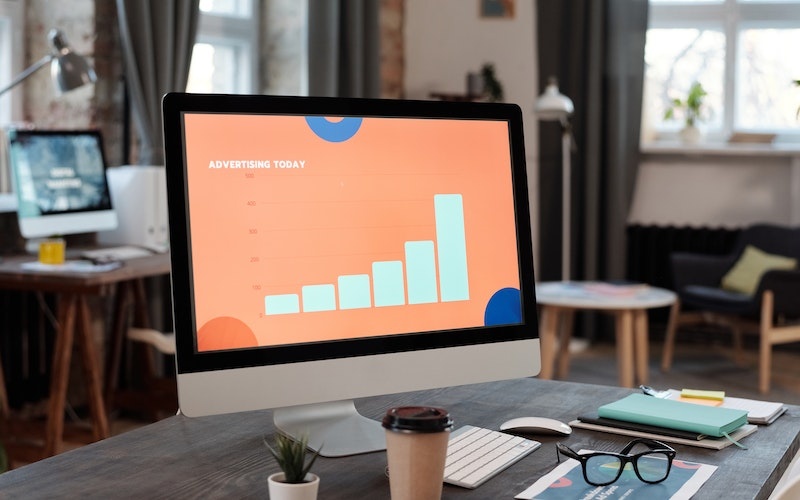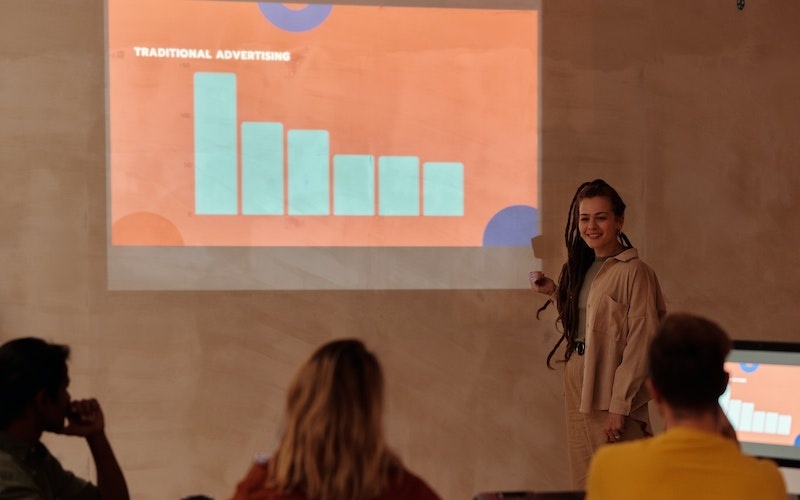
What is Programmatic advertising in Marketing?
Programmatic advertising is the automated buying and selling of online advertising. This automation makes transactions effective, streamlining the process, and consolidating digital advertising efforts in one technology platform. It allows completing transactions automatically without manual manipulations, price discussions, and signing contracts. Automation improves efficiency by reducing costs and improving the quality of advertising campaigns.
Omnichannel marketing, audio and in-game advertising, voice-activated advertising, and 5G are just some of the factors fueling its growth, and they’re going to take programmatic advertising into 2023 and beyond.
Having an understanding of the behavioural insights that can be drawn from data is the first step to achieving an efficient programmatic strategy.
There are three tiers of data to consider. First-party data is the advertiser’s own data on their customers, while second-party data is collected by someone other than the advertiser, such as an agency, who shares that data with the brand to help structure the programmatic strategy. Third-party data is available to anyone at a cost and is usually sold on a rate card basis.
How to use data effectively for programmatic

We are thinking about what audience we are trying to reach, on what kind of day, at what scale and increasingly on what devices. We look at what we know about them demographically and behaviourally based on the individual’s internet consumption habits over time.
We really try to understand who our target audience is. What do they do, where do they live, what are they interested in? You have a lot of data points that you can look into, from search data and social media listening, to your own data.
Brands should think about data as customers or potential customers. Sending existing customers messages about upgrades or new product offers is known as retargeting. To grow beyond that point, we advise brands to use data to find new prospects, looking for similar audiences to the existing customer base.
Let's understand Programmatic advertising with an example

A car oil brand wants to reach out to car owners. They can directly buy space auto-related websites where car owners visit for information, but there is a lot of wastage also as not everybody who visits these websites necessarily owns a car.
The other way is to buy audiences across the internet who own a car. There are 3rd party day providers who can push these audiences to your programmatic tool and the brand can reach out to them across the web.
Now, this is a very simple example and it’s not limited to just buying audiences. It helps marketers to reach out to consumers at different stages of the customer journey and speak to them accordingly.
Is Programmatic Advertising the Right Fit for Your Business?

There are occasions when programmatic advertising may not be for you. If view-through-conversions aren’t of value to you and you haven’t tried display advertising before, then programmatic advertising may not be the ideal match. If you're looking to reach a large audience quickly and easily, programmatic advertising may be a good fit for you.
Nowadays, programmatic advertising can be considered the pinnacle of automation in advertising.
Programmatic advertising has become the centre of attraction in the advertising world and it is growing an additional ten billion dollars every year. Programmatic has certainly been a buzzword for quite a while now. However, many industries haven’t yet understood it to its core. Before answering which industries it is best for, we should first understand what programmatic is in a nutshell.
Comment
WELCOME
Programmatic advertising is the automated buying and selling of online advertising. This automation makes transactions effective, streamlining the process, and consolidating digital advertising efforts in one technology platform. It allows completing transactions automatically without manual manipulations, price discussions, and signing contracts.